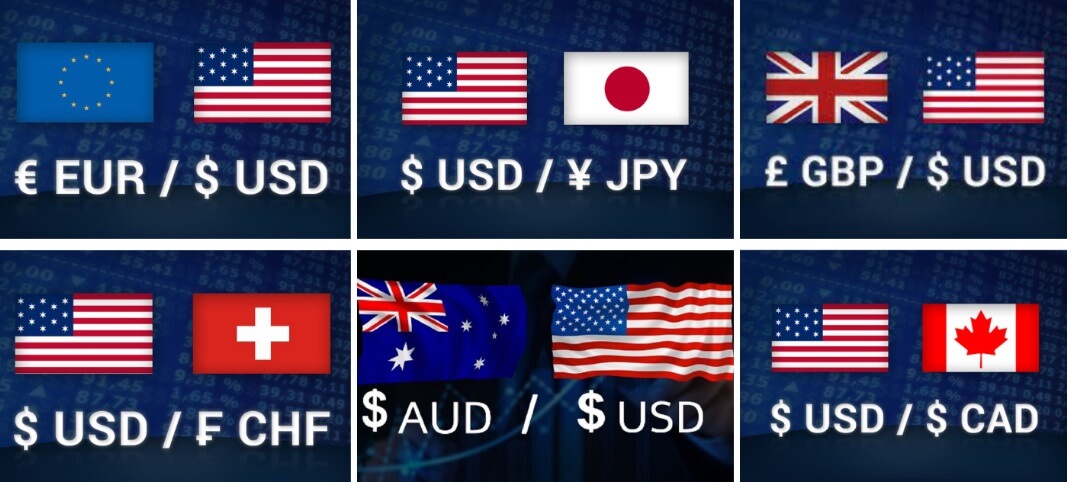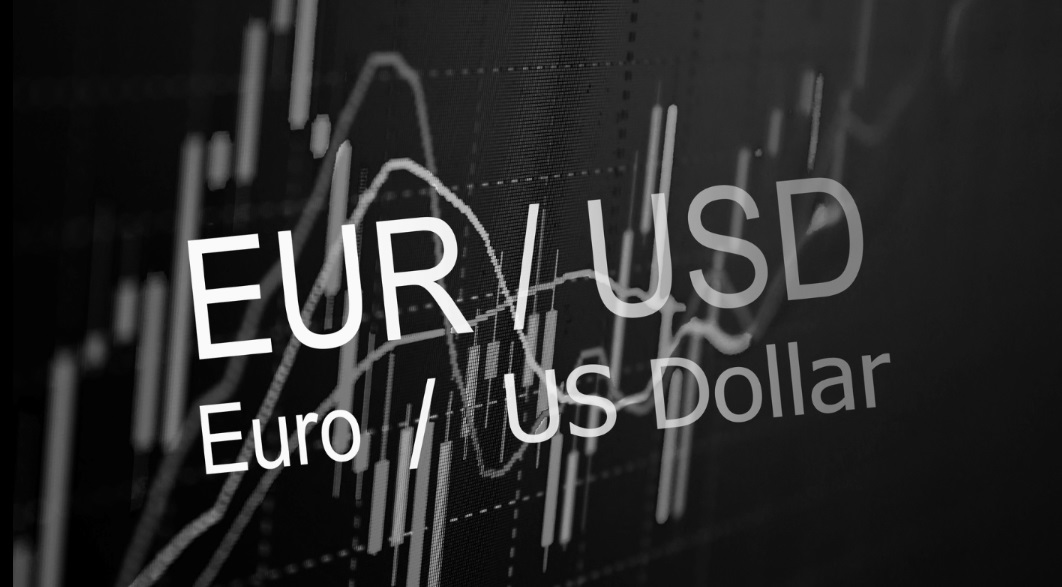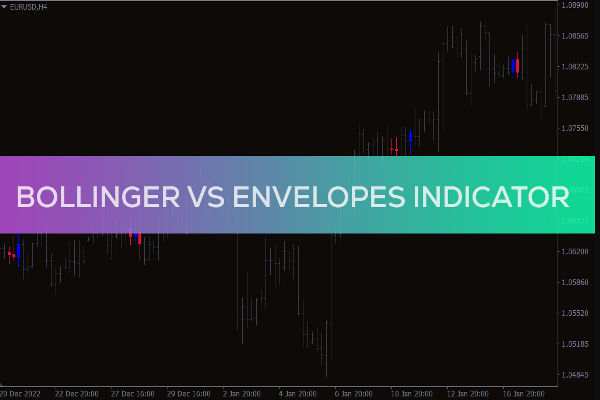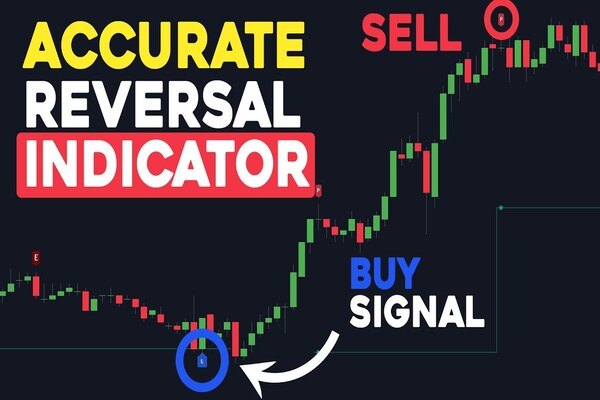In the world of forex trading, certain currency pairs consistently dominate the market, attracting the bulk of trading volume and shaping the dynamics of global finance. Whether you're a seasoned trader or just starting out, understanding these pairs is essential for navigating the forex landscape. The most traded forex pairs are not just popular—they offer the liquidity, volatility, and market-moving potential that traders seek. From the mighty EUR/USD to the ever-popular GBP/USD, these pairs provide ample opportunities for profit, but also come with their own set of challenges. By taking a closer look at what makes these pairs tick, we can uncover the strategies that set successful traders apart in this fast-paced market.

What Makes a Forex Pair Highly Traded?
A forex pair's popularity isn't a matter of chance. It's driven by a mix of factors, the most important being liquidity—the ability to buy or sell without significant price shifts. Major currency pairs like EUR/USD are highly liquid because they represent large, stable economies, making them more attractive for traders who need to execute large trades quickly.
Another key factor is trading volume. When a currency pair has high trading volume, it's easier to predict price movements, making it an appealing choice for traders. Additionally, currency pairs tied to large, influential economies, such as the US Dollar (USD) or Euro (EUR), naturally attract more trades due to their central role in global commerce.
Volatility is also a factor, though traders typically seek moderate volatility. Too much volatility can cause unpredictability, while too little can reduce opportunities for profit. Major pairs strike the right balance, offering enough price movement to make trading profitable while maintaining a level of stability.
The Role of Major Forex Pairs in Global Markets
The most traded forex pairs often involve the US Dollar (USD), and this is no coincidence. The USD acts as the world's reserve currency, meaning it's held in large quantities by central banks and used extensively in international trade. Because of this, pairs involving the USD are always in high demand.
Major pairs, like EUR/USD, GBP/USD, and USD/JPY, are the foundation of forex trading. These pairs account for the lion's share of market volume and play a critical role in global finance. They provide a clear picture of the economic relationships between the US and other major economies. For example, the EUR/USD pair reflects the economic balance between the Eurozone and the US, and its price movements can give traders a sense of broader economic trends.

The high volume of trades and the constant flow of economic news around these pairs make them particularly attractive to traders who rely on data-driven decisions. Major pairs also tend to offer tighter spreads, making them a cost-effective choice for frequent traders.
Top Currency Pairs: EUR/USD, GBP/USD, and Beyond
Of all the currency pairs, EUR/USD is the undisputed leader, accounting for nearly a quarter of all forex transactions. It's easy to see why: the Euro and US Dollar are two of the most widely used currencies in the world, and their movements are influenced by a steady stream of economic data. From inflation rates to GDP figures, every economic release can impact the EUR/USD exchange rate, providing traders with regular opportunities.
Following closely is GBP/USD, also known as the "Cable." This pair is favoured by many for its liquidity and volatility. The British Pound is often seen as more volatile than the Euro, meaning that it can offer bigger swings, which is appealing to traders looking for higher returns. With its sensitivity to UK economic data and events like Brexit, GBP/USD remains one of the most exciting pairs to trade.
USD/JPY is another major pair that often captures traders' attention. It represents the relationship between the US Dollar and the Japanese Yen. The Yen, known as a safe-haven currency, tends to rise in value during times of economic uncertainty, making USD/JPY particularly interesting in periods of market stress. Traders often use it to hedge risk, and its strong liquidity makes it a reliable option for daily trading.
Beyond these top three, there are other notable pairs like USD/CHF (Swiss Franc) and AUD/USD (Australian Dollar). While they may not have the same volume as EUR/USD or GBP/USD, they still offer solid opportunities, especially for those interested in the economies of Switzerland or Australia.
Why Forex Liquidity Matters for Traders
Liquidity is a crucial factor for any trader. In a highly liquid market, you can enter and exit trades quickly without the risk of drastically moving the price. This is why the major currency pairs—EUR/USD, GBP/USD, USD/JPY—are so attractive. Their high liquidity allows traders to execute trades smoothly, ensuring they get the best possible price.
Liquidity also contributes to tighter spreads—the difference between the buying and selling price. A tight spread means lower costs for traders, and that can add up over time, especially for those who trade frequently. The more liquid a pair is, the less likely you'll face unexpected slippage, where the price moves unfavourably between the time you place an order and when it is executed.
In contrast, pairs with lower liquidity, such as those involving emerging market currencies, may have wider spreads and be subject to more erratic price movements. While these pairs can offer higher profits due to larger swings, they can also carry more risk. For most traders, sticking with the major pairs ensures a smoother and more predictable trading experience.
How to Trade the Most Traded Pairs Effectively
Successfully trading the most popular forex pairs requires a blend of knowledge, strategy, and discipline. First and foremost, staying informed is key. Major pairs like EUR/USD and GBP/USD are closely tied to economic events such as interest rate decisions, inflation reports, and geopolitical shifts. Keeping up with the latest news and understanding how it could impact these pairs will give you a significant edge.
One of the most effective strategies for trading major pairs is using technical analysis. With the right tools, traders can identify trends, support and resistance levels, and key price patterns to inform their decisions. However, it's equally important to incorporate fundamental analysis. Understanding the economic backdrop and central bank policies behind the currencies in each pair can help you predict long-term trends.
Another important consideration is risk management. While major pairs tend to be less volatile than minor ones, that doesn't mean they're without risk. Sudden market movements, especially in response to major news events, can cause prices to swing unexpectedly. To protect your trades, using stop-loss orders and setting realistic profit targets are essential tactics for minimising risk.
Finally, the most effective traders know when to be patient. Trading the most liquid and popular pairs often means there will be plenty of opportunities, but timing is key. Be selective about when to enter a trade and avoid overtrading, as these pairs can be unpredictable in the short term.
Disclaimer: This material is for general information purposes only and is not intended as (and should not be considered to be) financial, investment or other advice on which reliance should be placed. No opinion given in the material constitutes a recommendation by EBC or the author that any particular investment, security, transaction or investment strategy is suitable for any specific person.








